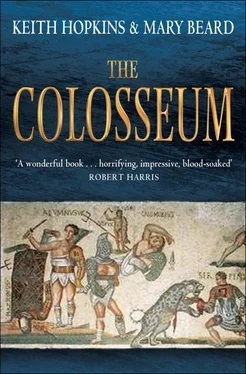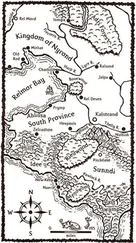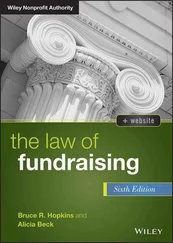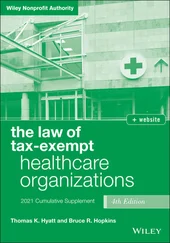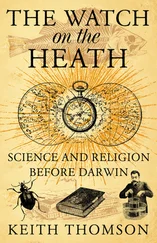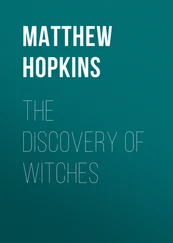Keith Hopkins - The Colosseum
Здесь есть возможность читать онлайн «Keith Hopkins - The Colosseum» весь текст электронной книги совершенно бесплатно (целиком полную версию без сокращений). В некоторых случаях можно слушать аудио, скачать через торрент в формате fb2 и присутствует краткое содержание. Город: London, Год выпуска: 2011, ISBN: 2011, Издательство: Profile Books, Жанр: История, на английском языке. Описание произведения, (предисловие) а так же отзывы посетителей доступны на портале библиотеки ЛибКат.
- Название:The Colosseum
- Автор:
- Издательство:Profile Books
- Жанр:
- Год:2011
- Город:London
- ISBN:9781846684708
- Рейтинг книги:3 / 5. Голосов: 1
-
Избранное:Добавить в избранное
- Отзывы:
-
Ваша оценка:
- 60
- 1
- 2
- 3
- 4
- 5
The Colosseum: краткое содержание, описание и аннотация
Предлагаем к чтению аннотацию, описание, краткое содержание или предисловие (зависит от того, что написал сам автор книги «The Colosseum»). Если вы не нашли необходимую информацию о книге — напишите в комментариях, мы постараемся отыскать её.
The Colosseum — читать онлайн бесплатно полную книгу (весь текст) целиком
Ниже представлен текст книги, разбитый по страницам. Система сохранения места последней прочитанной страницы, позволяет с удобством читать онлайн бесплатно книгу «The Colosseum», без необходимости каждый раз заново искать на чём Вы остановились. Поставьте закладку, и сможете в любой момент перейти на страницу, на которой закончили чтение.
Интервал:
Закладка:
The cult of the martyrs seems to follow directly on the reassertion by renaissance humanists of the original function of the building and their study of the classical texts that threw light on the shows and their setting. A notable fifteenth-century image in silver gilt of the martyrdom of St Peter pictures him outside the distinctive form of the Colosseum – anachronistically, as Peter was put to death years before it was built. By the seventeenth century the martyrology of the place had become a minor industry: long lists of names and dates were published, recording all those (and ever more of them) supposedly martyred there.
There were two main consequences for the monument of this growing preoccupation with its role in a specifically Christian history. First, the despoiling and dismantling began to slow down. This was neither a sudden nor a complete change. In fact, for many years the papal authorities seem to have been making money from the quarry with one hand while blessing the martyrs of the Colosseum with the other. Sixtus V, in the late sixteenth century, is a good case of such vacillation: as well as planning to demolish the building or turn it into a wool factory, he also seems to have toyed with the idea of consecrating it. At the same time the beginnings of a concern for the consolidation and the safety of the structure are visible. Substantial rebuilding started in the eighteenth century (disconcertingly for those who value original authenticity, a considerable proportion of the monument as it stands today is actually eighteenth century or later). So too did strategic demolition of fragile sections thought liable to endanger visitors and pilgrims. In the early nineteenth century, popes sponsored the two vast buttresses that still protect the ‘bleeding’ ends of the main perimeter wall.
The other consequence was that the Colosseum became ever more incorporated into Christian ritual, and ever more marked with Christian symbols. From 1490 until the middle of the sixteenth century a Passion play was regularly performed in the arena on Good Friday. By 1519 a small chapel of Santa Maria della Pietà had been constructed at the east end of the arena – using building material from the ancient monument, of course. Plans by the architect Gianlorenzo Bernini in the 1670s for a baroque church of the martyrs in the centre of the arena (which would no doubt have echoed his work on that other great Catholic shrine of St Peter’s) eventually came to nothing; the pope at the time, Clement X, settled instead for a wooden cross raised on the top of the building and his painted text commemorating the religious significance of the place. But by the eighteenth century, to the casual visitor, the Colosseum might well have seemed completely taken over by the Church. As well as the chapel, there was the cross in the middle of the arena, the landmark for so many of those nineteenth-century tourists (put up courtesy of Benedict XIV), and tabernacles of the Stations of the Cross around the arena’s edge, commemorating the different stages of the Passion of Christ (illustration 2, p. 6). The place must also have been buzzing with religious personnel, from the orders of monks who serviced the shrines to the renowned local holy man who did good works in the city during the day and camped out in the Colosseum at night (he was later canonised as St Benedict Joseph Labre). Here was the place to listen to sermons, take communion, receive indulgences and tune in to the holiness of the martyrs. It was all a bit too much for some Protestant visitors. William Beckford, for example, the builder of the neo-Gothic extravaganza at Fonthill, had no time at all for the ‘few lazy abbots’ whom he found in the arena at their devotions: they ‘would have made a lion’s mouth water, fatter, I dare say, than any saint in the whole martyrology’.
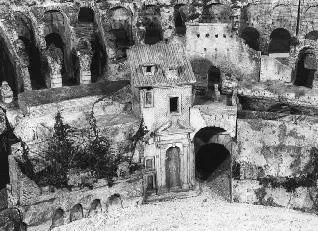
But on a closer look the takeover of the arena by the Church was not quite so complete. It was challenged from two directions. On the one hand, the creeping Christianisation of the Colosseum had not entirely obliterated its early less pious uses. As late as the 1670s (just before Clement’s cross went up on the top of the building) there was a proposal to hold another bullfight there, which was only just prevented through the efforts of a persistent cleric. Even in the eighteenth century it attracted some fairly rough trade. There is a story of how in 1742 the caretaker of the church in the arena was abducted and stabbed, and lost one of his hands (prompting Pope Benedict to close off much of the building). And, of course, the stinking pile of manure remained in the northern corridors long after the Stations of the Cross and all the rest had graced the arena.
On the other hand, as time went on, there came to be increasing pressure from a strictly archaeological lobby. Not that archaeologists could not be Christians, or vice versa. Just as there was no simple divide between despoilers of the building and Christians, so also there was an overlap between religious and archaeological activity: some of the most important early archaeological and restoration work on the Colosseum was sponsored by the popes. But from the nineteenth century on, we start to see a growing pressure to investigate the ancient history of the monument without specific reference to the holy martyrs and to privilege archaeology over religion. To put it bluntly, if you wanted to find out what lay underneath the arena, the religious bric-à-brac littering its surface had to go.
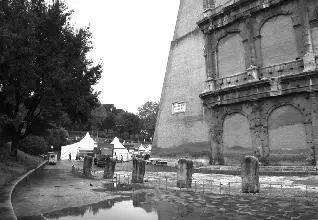
ANTIQUARIANS AND ARCHAEOLOGISTS
The turning point in the archaeology (and with it the appearance) of the Colosseum came in the 1870s, with the first excavations of the site sponsored by the authorities of the new Italian state. There had been digging, on and off, in and around the monument for centuries, and those with an archaeological bent had repeatedly decried its plundering. In the fifteenth century, excavation revealed parts of its elaborate drainage system. There were some exploratory trenches dug in the early eighteenth century looking for the arena floor, as well as some wildly over-optimistic plans (which never came to anything) for a complete excavation and clearance of the site. Much more substantial work was carried out from the 1790s onwards, digging out the rubble from the corridors, and later (as we saw in Chapter 5) uncovering parts of the substructions beneath what we know to be the arena floor. But these were abandoned because of flooding and backfilled. Throughout the middle years of the nineteenth century clearance of unsafe elements went on, combined with more and more unashamed rebuilding. In the 1830s, for example, Pope Gregory XVI sponsored the reconstruction of a large part of what was missing on the south side – a section of eight arches put back as new in nineteenth-century brickwork. But none of this work significantly disturbed the essentially religious character of the monument. In fact an engraving of the excavations of the substructions shows the tabernacles of the Stations of the Cross still standing around the edge (endpapers); and the central cross was replaced when the hole was refilled.
Читать дальшеИнтервал:
Закладка:
Похожие книги на «The Colosseum»
Представляем Вашему вниманию похожие книги на «The Colosseum» списком для выбора. Мы отобрали схожую по названию и смыслу литературу в надежде предоставить читателям больше вариантов отыскать новые, интересные, ещё непрочитанные произведения.
Обсуждение, отзывы о книге «The Colosseum» и просто собственные мнения читателей. Оставьте ваши комментарии, напишите, что Вы думаете о произведении, его смысле или главных героях. Укажите что конкретно понравилось, а что нет, и почему Вы так считаете.
